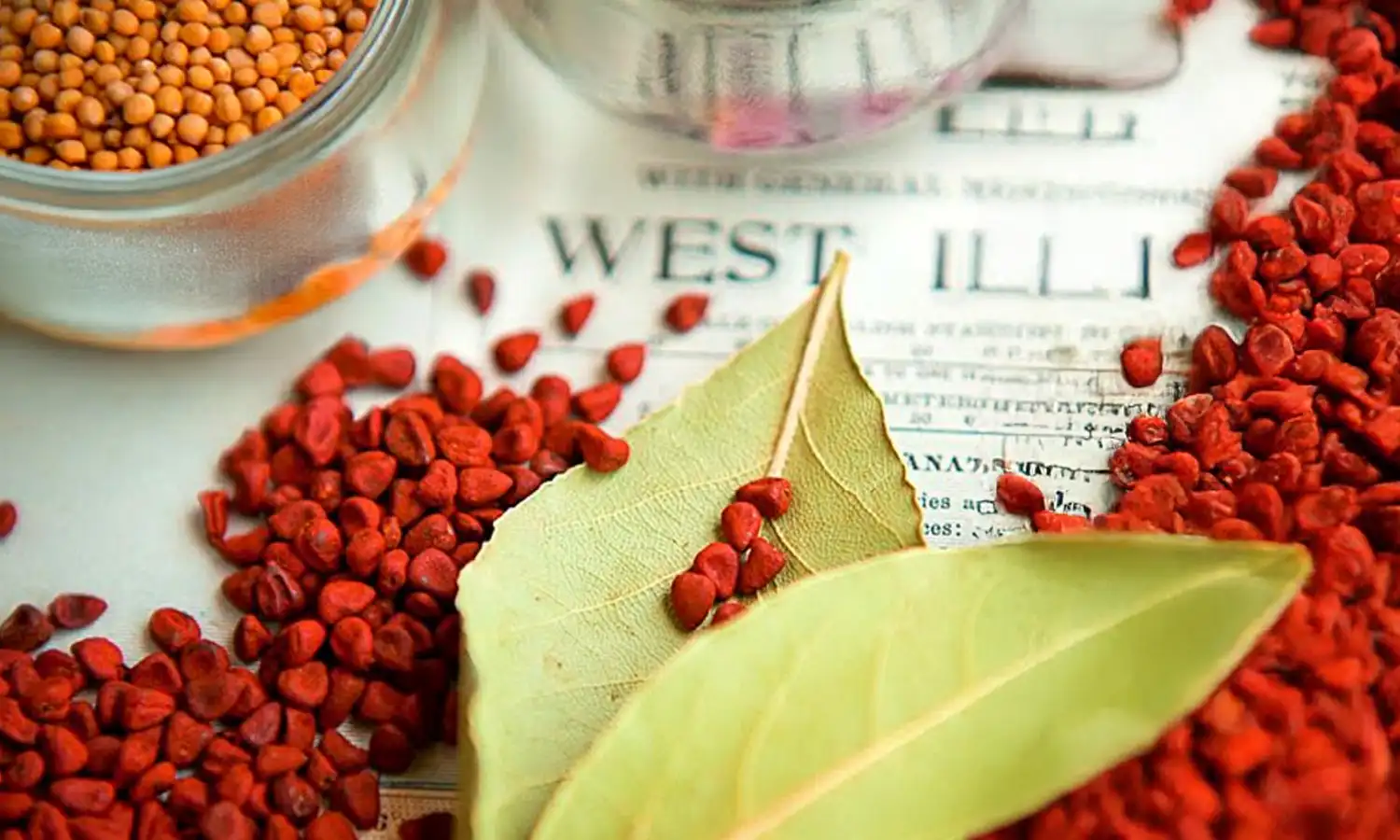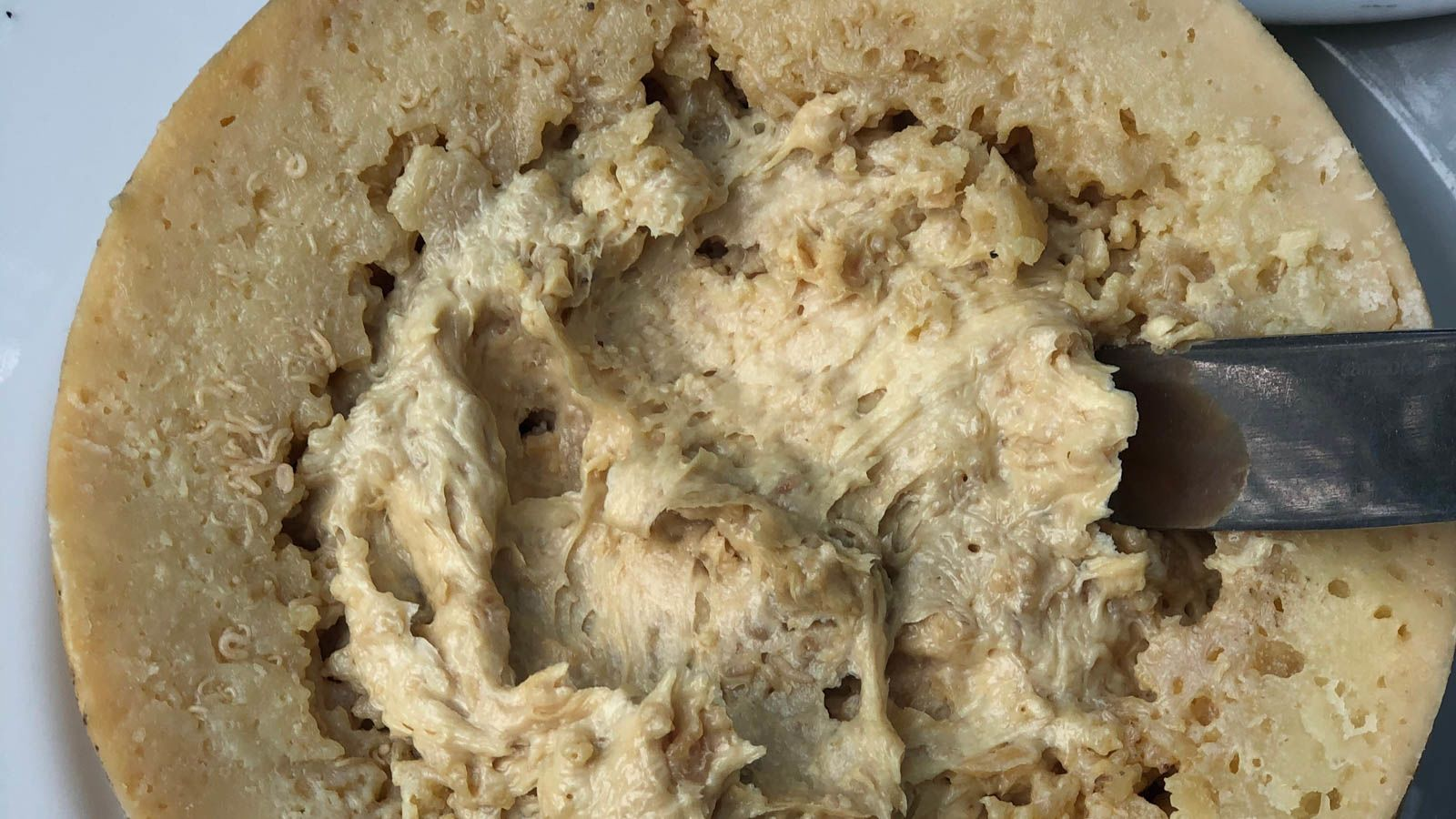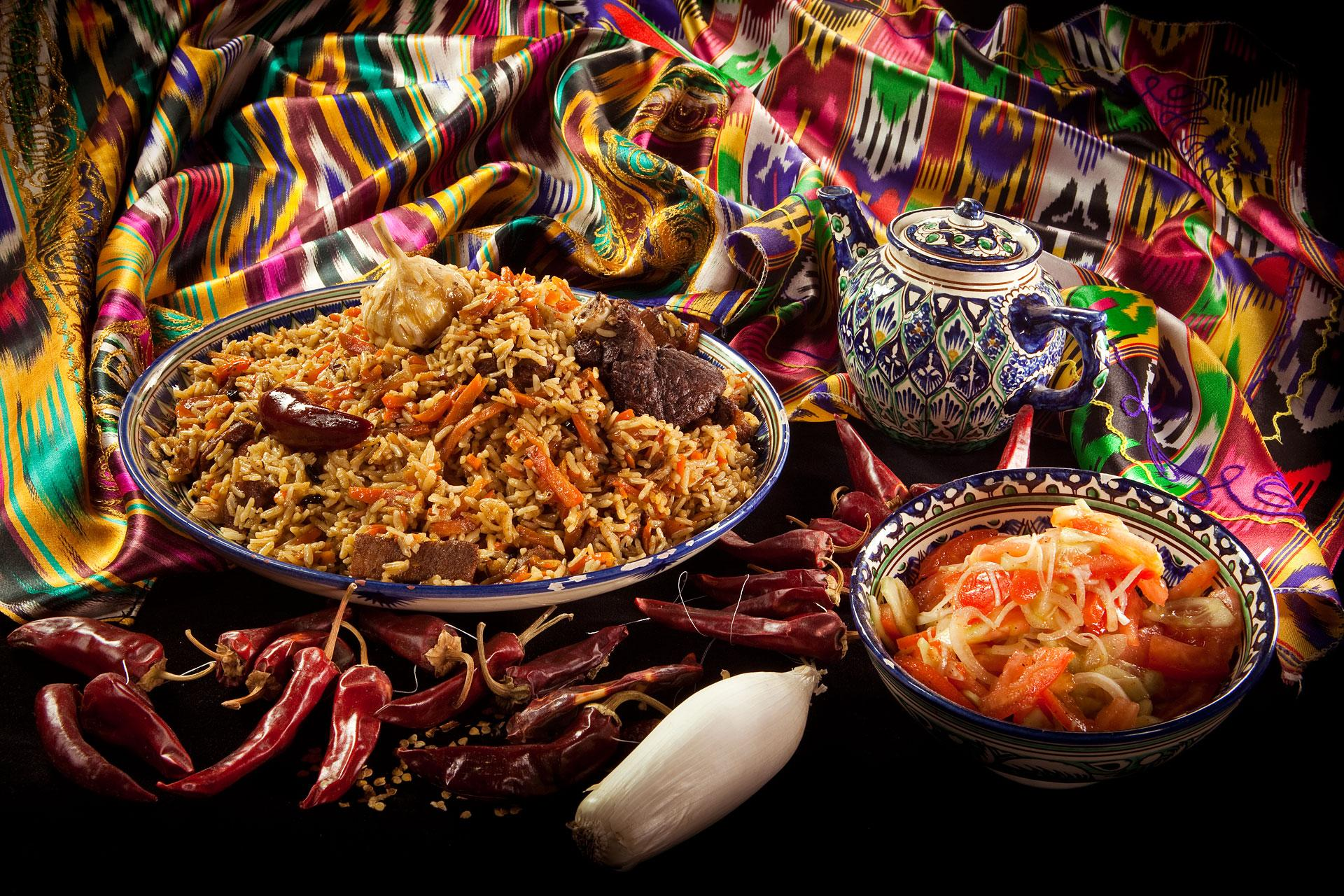Culinary enthusiasts and home cooks alike praise annatto (also known as achiote) for its vivid yellow‑orange hue and subtle nutty, peppery flavor. Often used to color rice, cheese, and stews, annatto seeds are ground into powder or simmered in oil to create an extract called annatto oil. Many cooks recount how a few drops instantly enhance dishes’ visual appeal and aroma—anchoring this ingredient in real‑world cooking practice and sensory experience.
Botanists and food scientists confirm that the pigment compounds bixin and norbixin, derived from the seeds of the Bixa orellana plant, provide natural coloring properties widely adopted in Latin American, Caribbean, and Filipino cuisines. Nutrition experts also highlight annatto’s use as a natural alternative to synthetic food dyes in artisan cheese, margarine, and baked goods—approved by food authorities like the US FDA as a colorant exempt from certification. Its aroma and mild flavor make it ideal for both sweet and savory applications, positioning it as a versatile ingredient in modern cuisine.
Annatto’s reliability stems from centuries of traditional use across cultures and robust modern safety assessments. Rare cases of allergic reactions are documented, but these are transparently noted in food safety literature. Reputable sellers offer clear sourcing—from tropical regions such as Brazil and the Philippines—with organic or non‑GMO options. When used in moderation, annatto enhances meals without overpowering taste. For chefs and food brands looking to combine visual impact, natural flavor, and clean labeling, annatto delivers both authenticity and consumer trust.





